Skinny Leek Plants: Reasons Why Leeks Are Too Thin
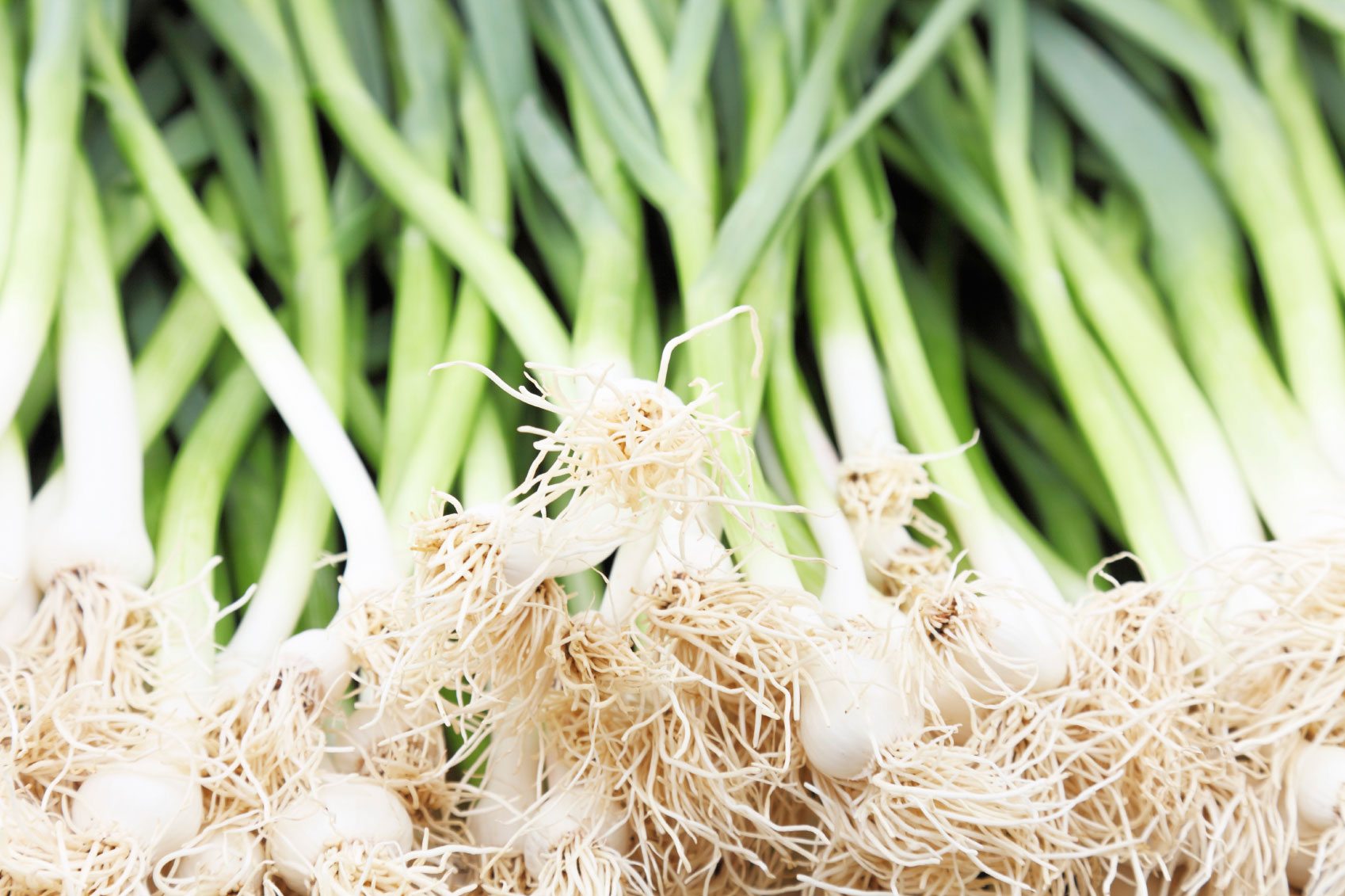
Leeks are a cool-season crop, relatively easy to grow in rich soil. They can be planted from seed or transplanted like onions from leek sets. With few pests or disease problems, the major issue when growing leeks may be scrawny looking leeks.
Why Do I have Skinny Leek Plants?
A member of the Allium family and, thus, related to garlic, onion, shallots, and scallions, leeks are a hardy biennial that is grown as an annual. Wild leeks were used as a food source as early as 4,000 B.C., the Bronze Age. Long popular in European cuisine and sometimes referred to as the gourmet's onion or the poor man's asparagus, leeks have grown in popularity in the United States. While the leaves of leeks are edible, the plant is grown primarily for its stem. If your leeks are too thin, the most obvious cause is crowding. This will occur when broadcasting seeds or if you plant sets too close together. Since the plant is being grown for the underground stem, it obviously needs some space. You need to thin leeks 6 inches (15 cm.) apart to allow enough space between for growth. Thin leeks in two stages, first when about four weeks old and then again when they are about the size of a pencil. These pencil-sized “thinnings” do very well when transplanted. Plant the four to six week old seedlings in beds 6 inches (15 cm.) apart in a zigzag pattern; or in a trench, 6 to 8 inches (15-20 cm.) apart and in rows 16 inches (41 cm.) apart. Some gardeners cut the roots back to an inch (2.5 cm.) long and trim the tips of the leaves a bit prior to transplanting. To each his own; I just dug another trench and plunked mine in and they are doing great.
Other Reasons for Leeks That Are Too Thin
Leeks grow best in moist soil in partial shade in temps around 60 degrees F. (15 C.). They take about 80 to 120 days to mature depending upon the variety. In mild climates, the plants will overwinter (mulch around the leeks), and in fact, in the ground is a great place to store them. To produce the thickest, white leek stems, most gardeners blanch the veggies. To blanch leeks, simply build up a hill around the stalks as they develop. It's best to begin this process by seeding into a trench and then gradually fill it in and continue to mound with soil as the leeks grow. If you're planting seedlings, plant them in holes 6 inches (15 cm.) deep and 2 inches (5 cm.) wide, up to the first leaf notch; only 1 inch (2.5 cm.) of the seedling or transplant needs to be sticking out of the hole. Don't fill the hole in with soil, but water the plants in, and it will gradually fill itself in with soil. Lastly, to avoid skinny leek plants, keep in mind that leeks are heavy feeders. Plant your leek crop in light, well-drained soil and amend with compost to a depth of 12 inches (31 cm.). Keep the plants moist and apply mulch to the surrounding beds to aid in moisture retention. A dose of compost tea, liquid kelp, or fish emulsion will also benefit the leek beds. Also, rotate the leek crops and don't plant them immediately after an area of potato harvest, as the soil will be too loose. Once your leeks are ready to harvest, dig the largest ones up first and leave smaller ones in the ground. A couple more weeks in the ground will enable the smaller stem to grow a bit larger.
Gardening tips, videos, info and more delivered right to your inbox!
Sign up for the Gardening Know How newsletter today and receive a free copy of our e-book "How to Grow Delicious Tomatoes".

Amy Grant has been gardening for 30 years and writing for 15. A professional chef and caterer, Amy's area of expertise is culinary gardening.
-
 10 Common Composting Problems That Can Spoil Your Garden Gold – Plus Easy Fixes
10 Common Composting Problems That Can Spoil Your Garden Gold – Plus Easy FixesLearn how to troubleshoot common composting issues before they ruin your stash – from bad smells and bugs to materials not breaking down as they should.
By Susan Albert
-
 Terrifically Tubular Flowers For Hummingbirds: 9 Tube-Flowered Plants To Attract Hummers
Terrifically Tubular Flowers For Hummingbirds: 9 Tube-Flowered Plants To Attract HummersGrowing tubular flowers for hummingbirds helps you create the optimum feeding conditions for your winged friends. Here are nine tubed delights for hummers
By Tonya Barnett
-
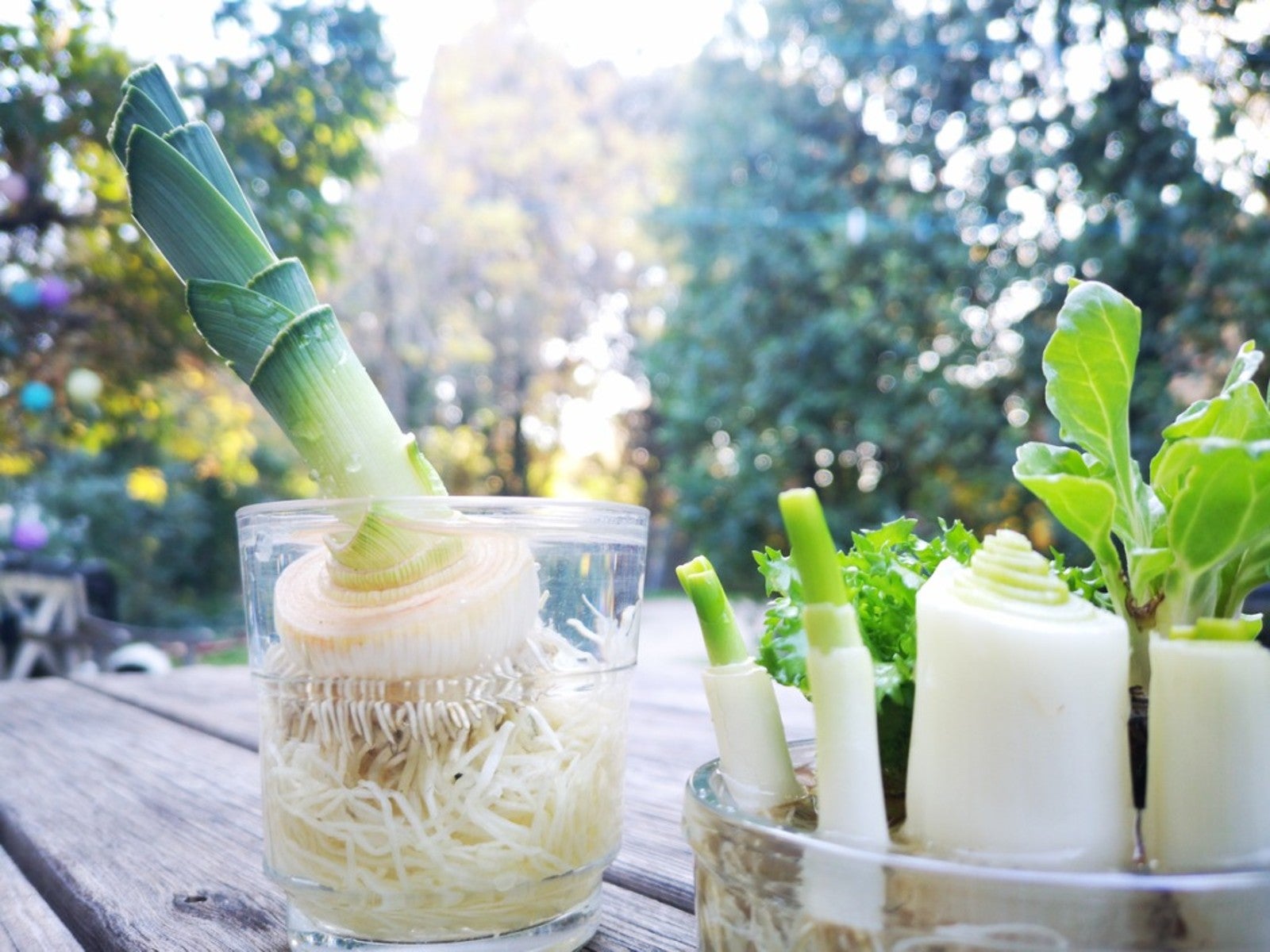 Propagating Leeks: How To Grow Leeks From Seed Or Scraps
Propagating Leeks: How To Grow Leeks From Seed Or ScrapsLeeks aren’t as difficult to cultivate as you might think. You can even regrow leeks from table scraps. Click to learn how to propagate leeks.
By Laura Miller
-
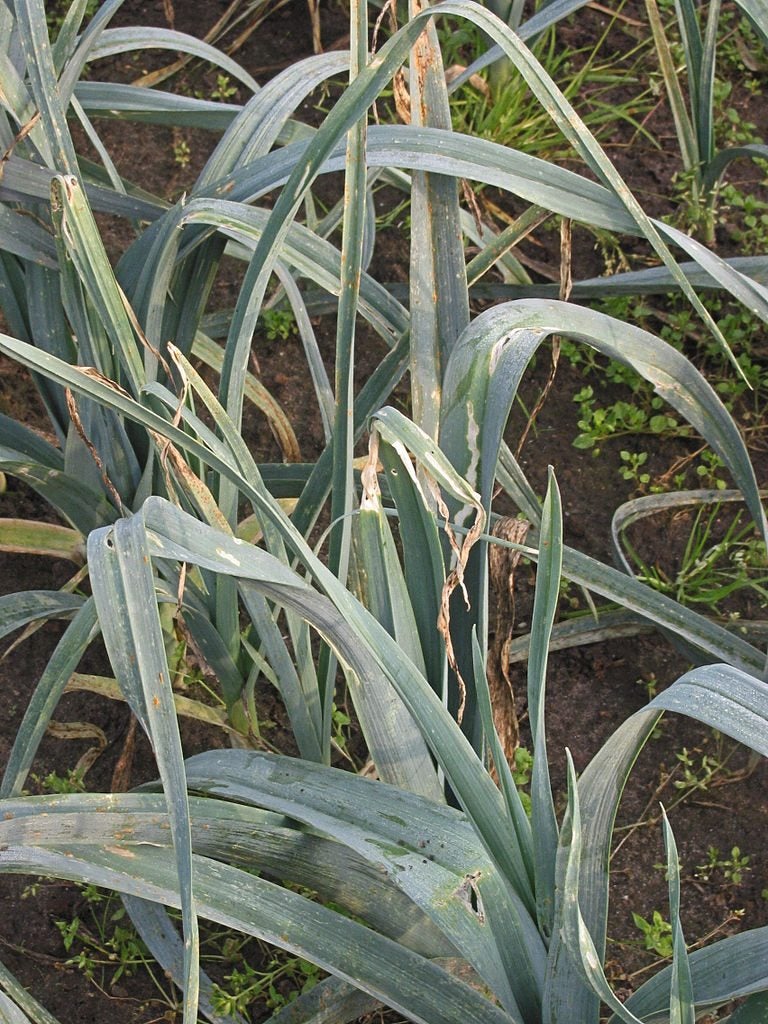 What Are Leek Moths: Tips On Leek Moth Control
What Are Leek Moths: Tips On Leek Moth ControlA few years ago the leek moth was seldom seen south of Ontario, Canada. Nowadays, it has become a serious pest of leeks, onions, chives, and other alliums in the U.S. as well. Find out about leek moth damage and how to control these destructive pests here.
By Jackie Carroll
-
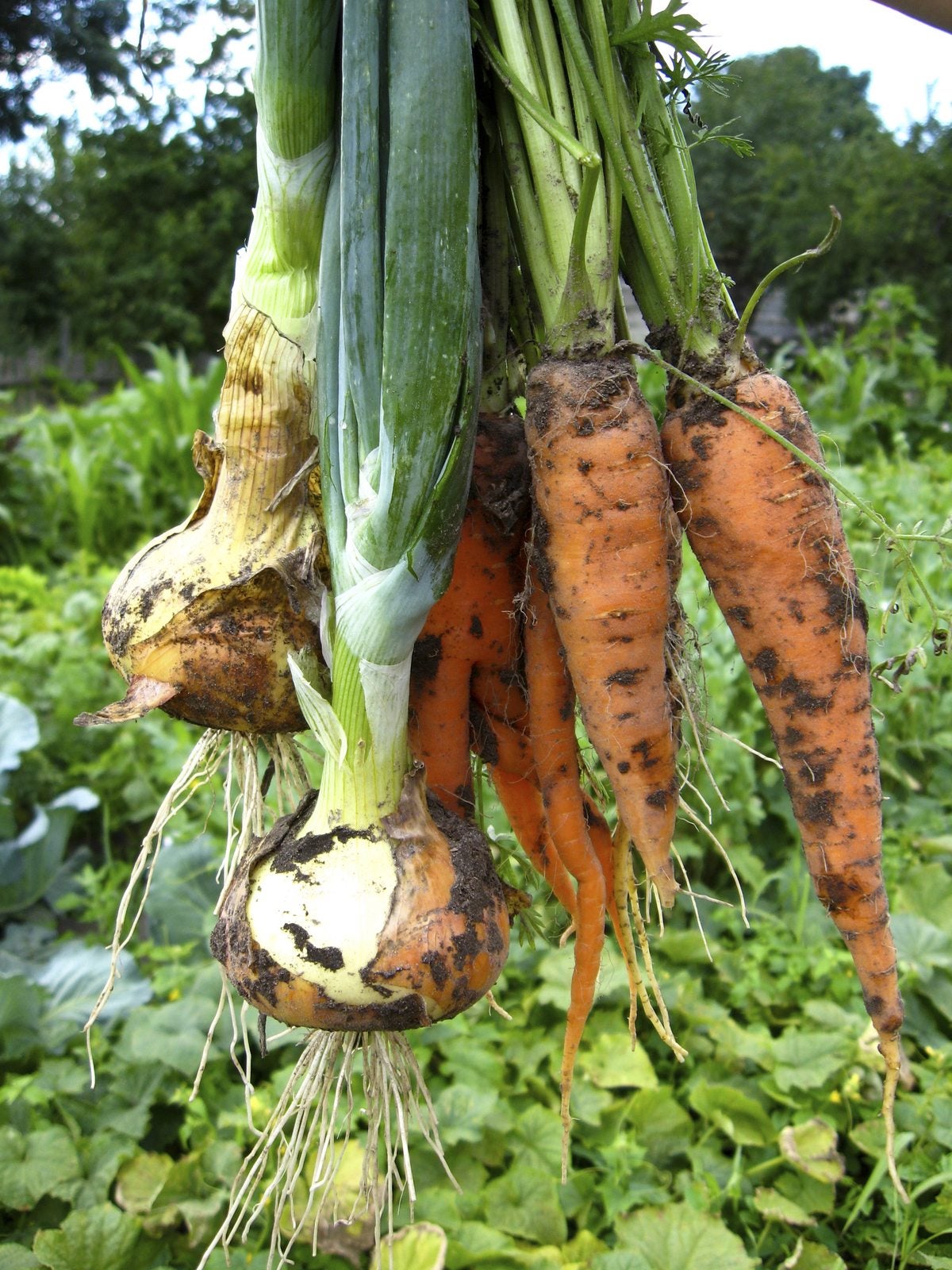 Companion Plants For Leeks: What To Grow Next To Leeks
Companion Plants For Leeks: What To Grow Next To LeeksCompanion plants for leeks help prevent populations of predator insects while enhancing growing conditions. Their strong scent isn't a good combo with every plant, but a few don't mind a little onion breath and make great leek plant companions. Learn more here.
By Bonnie L. Grant
-
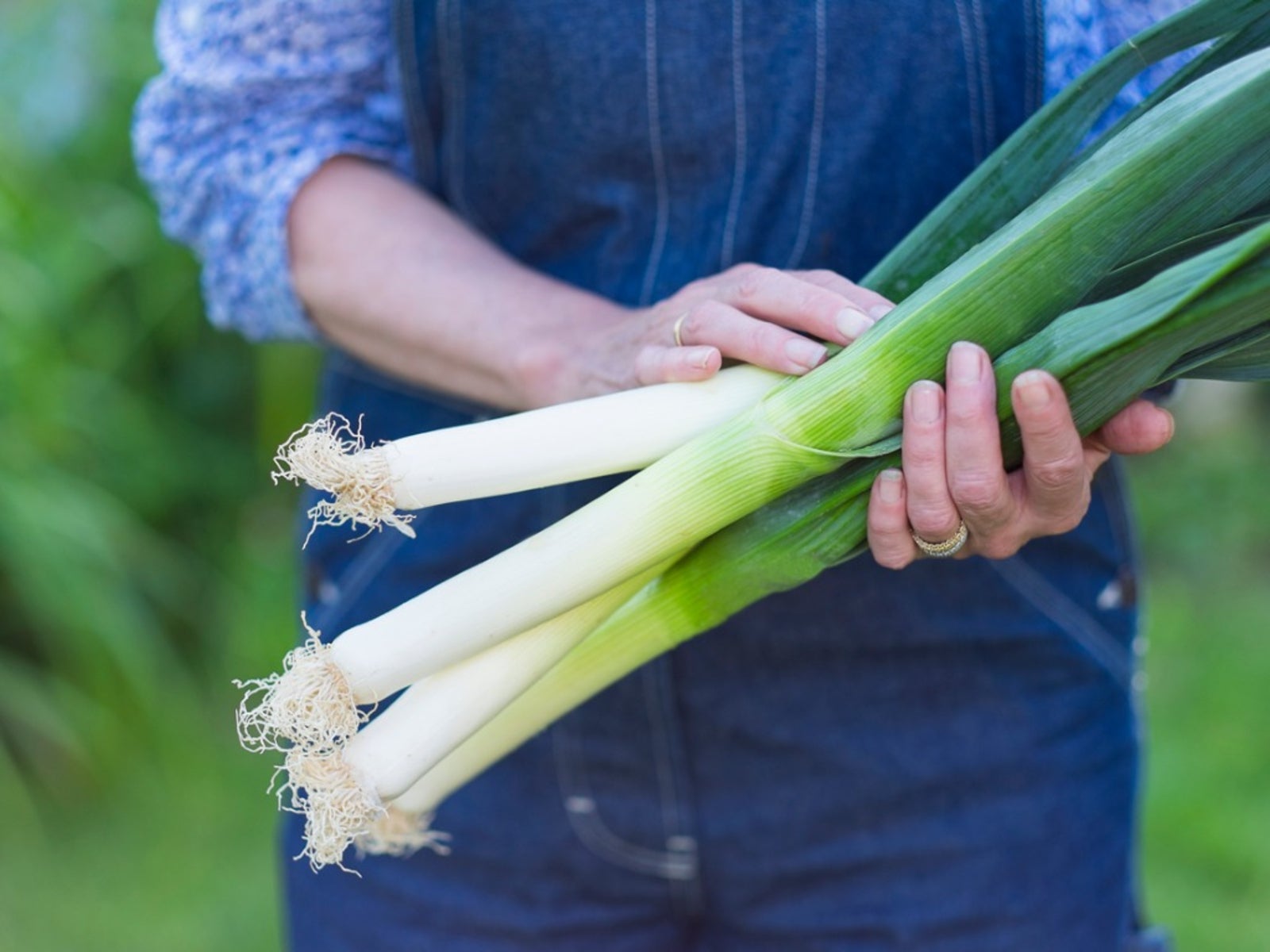 Harvesting Leek Plants: Tips On When And How To Harvest Leeks
Harvesting Leek Plants: Tips On When And How To Harvest LeeksLeeks are members of the onion family, but instead of forming a bulb, they form a long shank. Read here to learn more about picking leek plants in the garden to take advantage of all they have to offer.
By Jackie Carroll
-
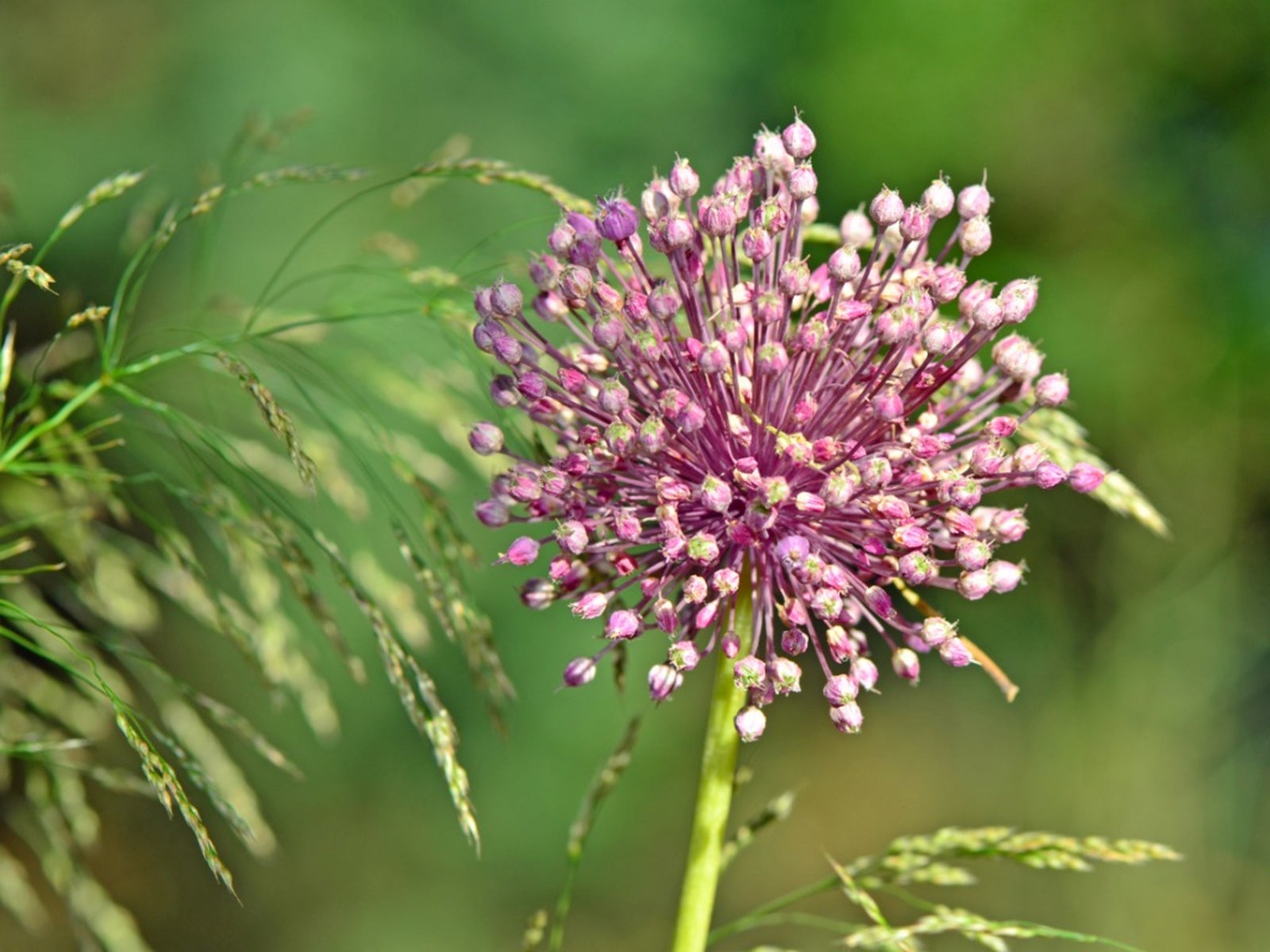 How To Stop Leeks From Bolting And Going To Seed
How To Stop Leeks From Bolting And Going To SeedLeeks can be an unusual but delicious vegetable to grow in the garden. A common problem with these alliums is bolting leeks. When leeks are gone to seed, they become tough and inedible. Learn how to prevent that here.
By Heather Rhoades
-
 How To Grow Leeks And Tips For Harvesting Leeks
How To Grow Leeks And Tips For Harvesting LeeksGrow some leeks for a delicious, mild onion-like flavor in soups and other fine cooking.
By Nikki Tilley